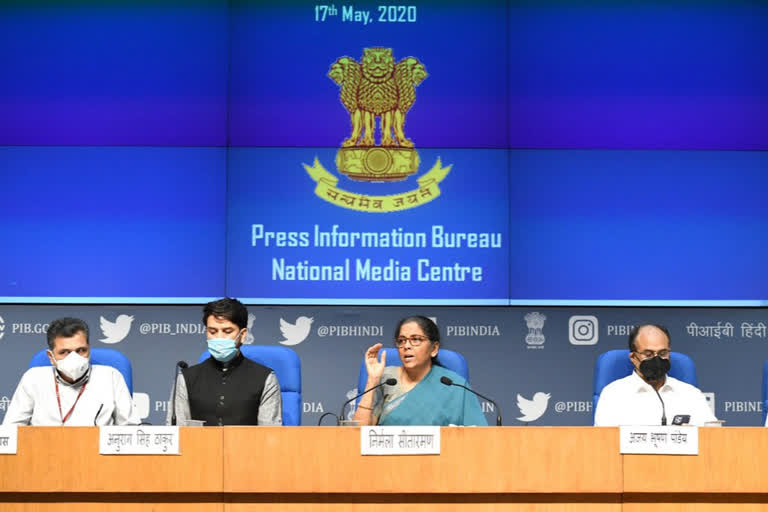Hyderabad: The expectation was for handouts, following precedence of rich economies like the US. The Indian government ensured that there was enough liquidity in the system to sustain short run needs and, used COVID as a plank to carry out long pending reforms to ensure all round future growth.
The primary aim of the initiative is to convert India into an attractive destination to global investor community, in the quickest possible time, with a special eye to attract a sizable share of the value chain now concentrated in China and looking for relocation opportunity.
Yes, the government did give handouts for the poor through a mixture of cash, MGNREGA work and free foodgrains, cooking gas etc to help the rural and urban poor to mitigate the short-term crisis. Majority of it was announced under PM Garib Kalyan at the beginning of the lockdown.
Many of these benefits are further extended in the first three phases of the recent announcements by Finance Minister Nirmala Sitharaman under the Rs 20 lakh crore rescue package. In terms of value the total provisions on these heads will exceed two per cent of GDP.
The rest is all about tapping monetary policy space i.e creating finance windows for critical sectors of the economy. The larger benefits of the package lies in creating eco-system congenial to the growth of private sector enterprise and unlocking value from the inefficient or non-strategic government sectors.
Revenue source unclear
India have shown exemplary alacrity in responding to the COVID emergency; as was visible in the speed of disbursement under direct benefit transfer schemes under the Rs 1.7 lakh crore PM Garib Kalyan stimulus.
Disbursing cash handouts is not easy. The US citizens were asked to register for COVID doles and almost each State suffered server collapse. In comparison, India operation was smooth, courtesy measures (like Jandhan, Aadhaar seeding etc) undertaken in the first term of the Modi government.
With 70 per cent debt to GDP ratio and 6.5 per cent aggregate fiscal deficit (including States), India did well by not following the precedence of rich economies like the US or Japan in giving cash handouts.
However, it is not clear how the Centre will arrange the extra budgetary finances. Considering States are offered reform-linked window to escalate borrowing by Rs 4.28 crore, the Union government barely has much space left for extra borrowing.
Read more:Atmanirbhar Bharat Abhiyan vs Other Economic Packages: How India fares in spending
Will India go for printing money and invite its negative impacts? The finance minister didn’t clarify the revenue source in her marathon five-day presentation.
Most probably, the Centre is kept the window open as a last resort but would prefer to generate resources through disinvestments etc. It didn’t give any clarification. Because of the overall uncertainty in revenue collection.
It may be due to these fiscal uncertainties, the government avoided making any new announcement on creation of highway infrastructure. The omission is surprising since highway construction is considered a major employment generator and GDP multiplier.
